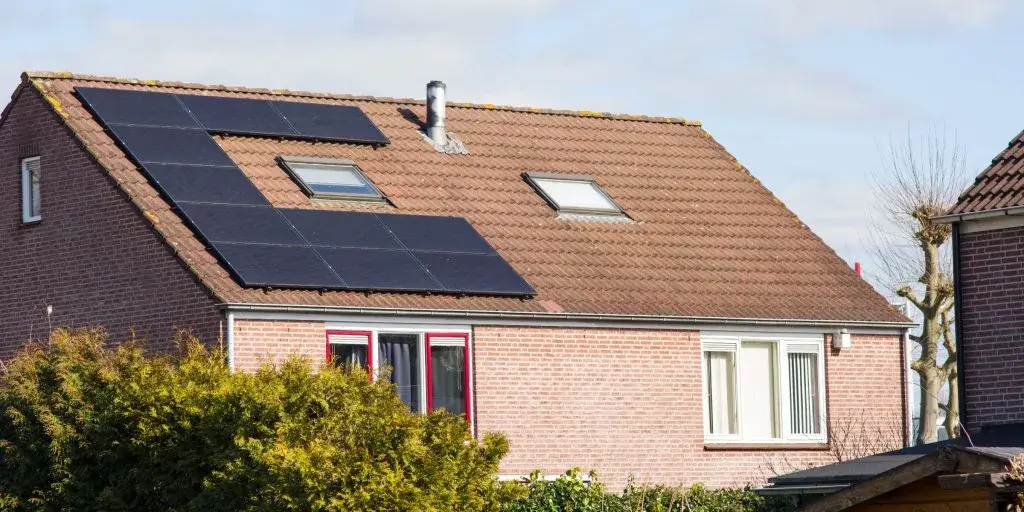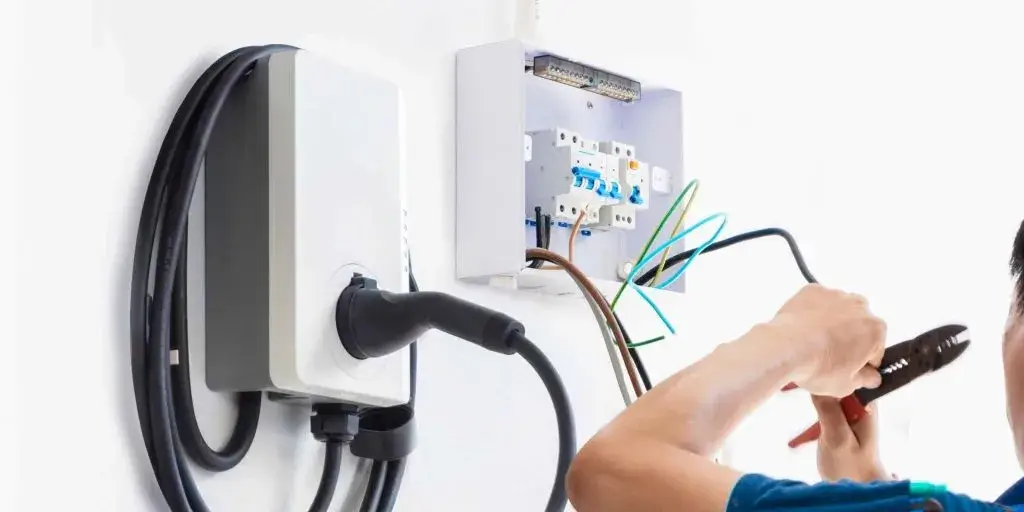Solar power panels, also known as solar photovoltaic (PV) panels, work by converting sunlight into electricity through a process called the photovoltaic effect.
Working of Solar Panels:
Here’s a step-by-step explanation of how solar panels work:
- Photon Absorption:
- Sunlight is composed of tiny particles called photons. When sunlight hits the solar panels, the photons are absorbed by the semiconductor materials within the solar cells.
- Generation of Electron-Hole Pairs:
- The energy from absorbed photons excites electrons in the semiconductor material, creating electron-hole pairs. The semiconductor material used in most solar cells is typically crystalline silicon.
- Electric Field Formation:
- The structure of the solar cell includes an electric field. The electric field forms at the junction between different layers of semiconductor materials. This junction is typically created by introducing specific impurities into the silicon.
- Separation of Electrons and Holes:
- Due to the electric field, the excited electrons are pushed towards one side of the cell, while the positively charged holes move toward the other side. This separation creates an internal electric current.
- Electron Flow:
- The movement of electrons creates an electric current, and this flow of electrons is harnessed as electricity. This flow is directed through metal contacts on the surface of the solar cell, creating an electrical circuit.
- Direct Current (DC) Generation:
- The electricity generated by the solar cell is in the form of direct current (DC). DC electricity flows in one direction, but most of the appliances and devices we use in homes and businesses operate on alternating current (AC). Therefore, an inverter is used to convert the DC electricity into AC electricity.
- Inverter Conversion to Alternating Current (AC):
- The inverter connected to the solar panel system converts the DC electricity produced by the solar cells into AC electricity, making it compatible with the electrical grid and the appliances in homes and businesses.
- Integration into the Electrical System:
- The converted AC electricity can be used to power electrical appliances and devices in the building. If the solar panel system is grid-tied, excess electricity can be fed back into the grid, and the user may receive credits or compensation for the surplus power.
- Monitoring and Control:
- Solar power systems often include monitoring and control systems to optimize performance. These systems track the electricity production, monitor the condition of the solar panels, and may include features for remote control and maintenance.
It’s important to note that the efficiency and performance of solar panels can be influenced by factors such as the angle and orientation of the panels, the intensity of sunlight, and the cleanliness of the panel surfaces. Advances in solar technology continue to improve the efficiency and cost-effectiveness of solar power systems.




